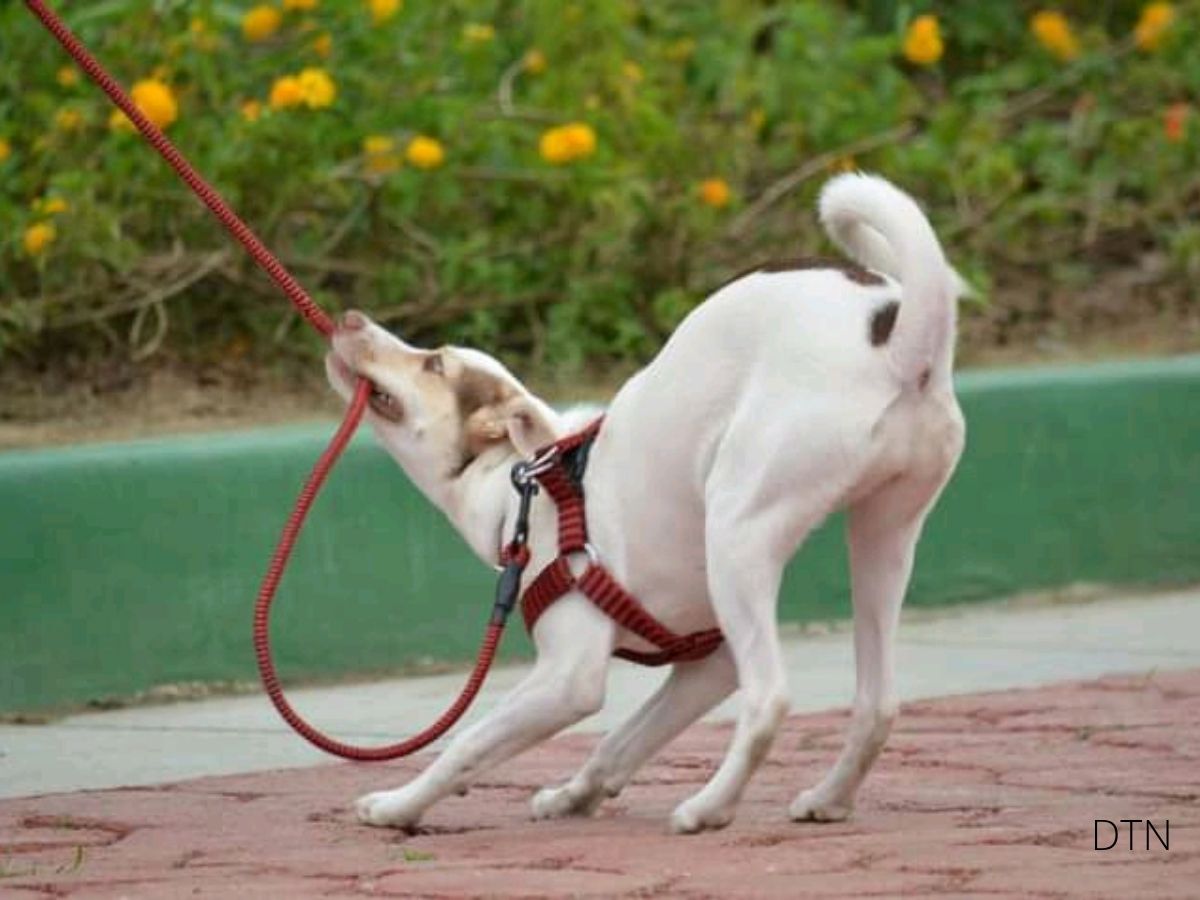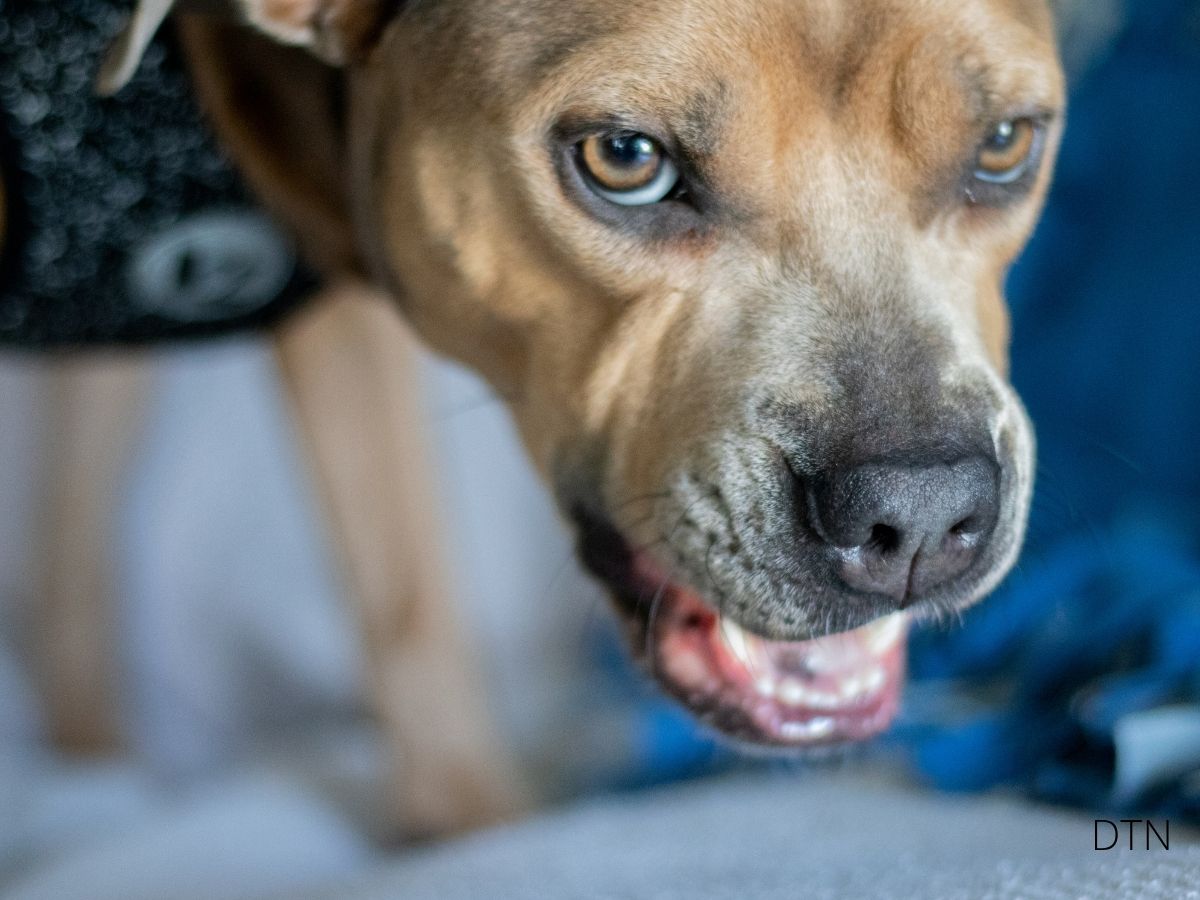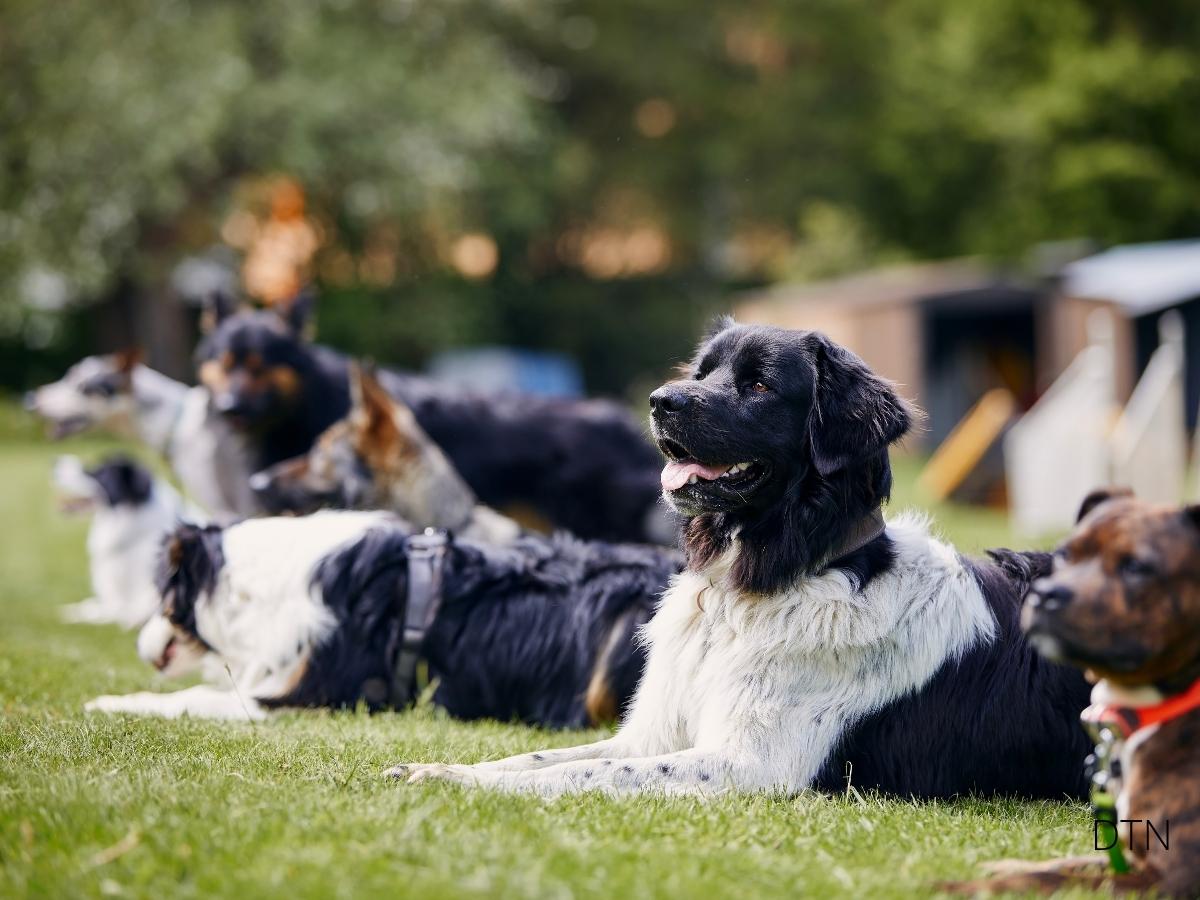The Invisible Emotional Bond
Have you ever noticed your dog becoming restless during a particularly stressful week? This isn’t coincidence—it’s emotional contagion, where your furry friend mirrors your internal emotional state.
The connection between human and canine stress runs deeper than most people realize. From the tension in your voice to the cortisol levels in your sweat, your dog is constantly reading you like an open book. Understanding this interconnectedness isn’t just intellectually interesting—it’s crucial for your dog’s wellbeing and the quality of your relationship. Let us guide you through the science of emotional synchrony and discover practical ways to create a calmer household for both of you. 🐾
How Dogs Detect Your Stress
Your dog possesses an extraordinary ability to detect your emotional state through multiple sensory channels. This multi-sensory detection system has evolved over thousands of years of domestication.
How Dogs Read Your Emotions:
- Vocal Tone Analysis: They notice when your voice becomes higher-pitched, more clipped, or loses its usual warmth during anxious moments
- Postural Reading: Hunched shoulders, rapid movements, or tense body language all signal distress before you’ve spoken a word
- Facial Expression Monitoring: Changes around your eyes and mouth—tightened jaw muscles, furrowed brows, or lack of soft eye contact
- Chemical Detection: Your stressed body releases different pheromones that your dog’s sensitive nose identifies, providing a direct window into your physiological state
- Behavioral Pattern Recognition: Your dog notices when you pace instead of sitting calmly or when usual routines shift unexpectedly
This sophisticated system means you can’t truly hide your stress from your dog, even when you think you’re masking it well.
Recognizing Stress Signals in Your Dog
Dogs communicate their emotional state through behaviors that are often subtle and easily overlooked. Learning to read these signals helps you recognize when your stress is affecting your companion.
Body Language Stress Indicators:
- Excessive yawning when not tired, lip licking when no food is present, or sudden scratching
- Whale eye (showing the whites of their eyes), ears pinned back, or tail tucked low
- Lowered body position, weight shifted onto rear legs, or avoiding direct eye contact
- Becoming suddenly “sticky” and refusing to leave your side, or conversely, retreating to another room
Hypervigilance Signs:
- Exaggerated startle responses to normally ignored sounds like door slams
- Inability to settle, constantly shifting positions or repeatedly getting up
- Lowered reaction threshold—the delivery person now triggers intense barking
- Constant environmental scanning with head movements and swiveling ears
When stress becomes chronic, dogs may develop separation anxiety, compulsive behaviors like tail chasing or excessive licking, generalized fearfulness, or even stress-induced aggression. These behaviors reflect a chronically activated stress response system that requires intervention. 🧠
The Physiological Connection
The connection between your stress and your dog’s isn’t merely behavioral—it’s physiological. Both species share similar stress response systems.
Cortisol and Stress Hormones
When you experience chronic stress, your cortisol levels remain elevated. While your elevated cortisol doesn’t directly transfer to your dog, your stress-induced behaviors create an environment that triggers their own stress response. This creates a feedback loop where your stress breeds their stress, amplifying concerns about their wellbeing.
Heart Rate Synchrony
Heart rate variability (HRV) serves as a sensitive indicator of stress. When you’re stressed, your HRV decreases, reflecting reduced calming activity. Dogs show similar patterns, and these physiological changes can occur in parallel when you share stressful experiences. Your dog’s autonomic nervous system responds to environmental cues associated with your stress, creating physiological alignment that mirrors your internal experience.
Breaking the Cycle: Practical Solutions
Managing Your Own Stress
Since stress originates with you, the most effective interventions focus on improving your emotional regulation.
Mindfulness Practices for Dog Owners:
- Breath Awareness: Take five mindful breaths before greeting your dog when arriving home stressed
- Body Scan with Your Dog: While petting them, scan your own body for tension and consciously relax
- Mindful Walking: During walks, focus fully on the shared experience rather than ruminating on stressors
- Present Moment Check-ins: Pause several times daily to notice your tension levels and what your dog might be sensing
Building Your Stress Management Toolkit:
- Regular exercise that doubles as dog walk time—a brisk 30-minute walk benefits you both
- Social connection with supportive friends or dog owner communities
- Professional mental health support when needed—therapy is a proactive tool, not a last resort
- Time management strategies and boundary setting to protect your energy
- Adequate sleep prioritization with consistent schedules
Remember: managing your stress isn’t selfish—it’s an essential component of responsible dog ownership. Your emotional wellbeing directly affects your dog’s quality of life. 🧡
The dog has been esteemed and loved by all the world, as the friend of man.
– William Youatt

Supporting Your Dog Directly
Creating Predictable Routines:
- Consistent meal times at the same hours daily, even on weekends
- Regular exercise schedule with morning and evening walks at predictable times
- Designated rest periods when your dog learns to settle
- Calming bedtime routine—brief walk, then settling with a long-lasting chew
Safe Space Setup:
- A comfortable retreat away from high-traffic areas
- Calming sensory elements like soft music and dim lighting
- Sacred space rule: family members never disturb the dog in their safe zone
- Positive associations by occasionally leaving special treats there
Daily Enrichment Activities:
- Food puzzles and frozen Kong toys for mental stimulation
- Sniff walks where your dog explores at their own pace
- Scent games—hiding treats for them to find
- Appropriate socialization with compatible dogs
Low-Pressure Training Games:
- “Find It” games engaging their natural scenting abilities
- “Which Hand” choice games celebrating engagement over correct answers
- Fun trick training like “spin” or “bow” that creates joy without pressure
- Simple shaping exercises using positive reinforcement
These activities provide positive experiences independent of your emotional state, building your dog’s resilience and independent coping skills. 😄
When to Seek Professional Help
Certain situations warrant veterinary involvement beyond standard behavior modification.
Warning Signs Requiring Evaluation:
- Sudden behavioral changes—aggression or anxiety appearing abruptly
- Self-harming behaviors creating wounds through excessive licking
- Severe separation distress with attempts to escape or extreme panic
- Aggression posing safety risks or unpredictable outbursts
- Complete loss of appetite lasting more than 24 hours
- Physical symptoms alongside stress like digestive issues or unexplained pain
Professional Support Options:
- Veterinary Behaviorists (DACVB): Diagnose anxiety disorders, prescribe medications, develop comprehensive plans
- Certified Applied Animal Behaviorists: Create detailed, science-based behavior modification protocols
- Certified Professional Dog Trainers (CPDT-KA): Teach practical management using positive reinforcement
- Your Mental Health Professionals: Help you manage stress, ultimately benefiting your dog
Common Questions About Stress Contagion
Can my dog sense anxiety even if I try to hide it? Yes. Your dog detects subtle changes in vocal tone, body language, breathing patterns, and stress-related pheromones before you’ve consciously acknowledged your anxiety. Rather than hiding emotions, focus on managing stress effectively.
How long does it take for my stress to affect my dog? Behavioral signals transmit within seconds. Heart rate changes occur within minutes. Cortisol levels peak 20-30 minutes after stressors. Chronic stress creates lasting changes over days, weeks, or months.
Will managing my stress really help my dog’s behavior? Often, yes—especially when problems stem from mirroring your emotional state. However, combine stress management with appropriate training, environmental management, and sometimes veterinary intervention for best results.
Does having an anxiety disorder make me a bad dog owner? Absolutely not. What matters is actively managing your condition through appropriate treatment and ensuring your dog has routines, enrichment, and positive experiences. Many people with anxiety disorders make wonderful, particularly attuned owners. 🐾
Creating Long-Term Resilience
Beyond addressing acute stress, focus on building a household environment promoting resilience for both you and your dog.
The Foundation of Secure Attachment
Secure attachment develops through consistent, responsive care where you reliably meet your dog’s needs and provide comfort during distress. This doesn’t require perfection—repair after stressed moments actually strengthens your bond. Your dog learns that connection disruptions can be repaired, building trust in your relationship’s resilience.
Developing Independent Coping
While secure attachment is crucial, dogs also benefit from developing their own coping strategies. Confidence-building activities like scent work, trick training, or dog sports help your dog handle stress more effectively. Appropriate socialization with other dogs and trusted humans provides additional support sources, enriching your dog’s social world without replacing your bond.
Final Thoughts
Your emotional state profoundly influences your dog’s wellbeing. The stress you experience ripples outward, affecting the companion who trusts you as their safe haven. This understanding isn’t meant to induce guilt—it empowers you with actionable leverage for improving both your lives.
By addressing your stress through mindfulness and appropriate support, you’re directly improving your dog’s welfare. By maintaining routines and building secure attachment, you’re buffering them against life’s unavoidable stresses.
Start with small changes: a few minutes of daily mindfulness, consistent routines even during chaos, and awareness of your emotional state during interactions. These modest steps create meaningful improvements over time, strengthening your bond and promoting wellbeing for both of you.
Your dog chose to trust you with their emotional life. Honor that trust by taking responsibility for both ends of the leash—managing your stress while supporting their needs. You’re not alone in this journey, and reaching out for professional help when needed isn’t weakness—it’s wisdom and a profound act of care for your loyal companion. 🧡🐾






